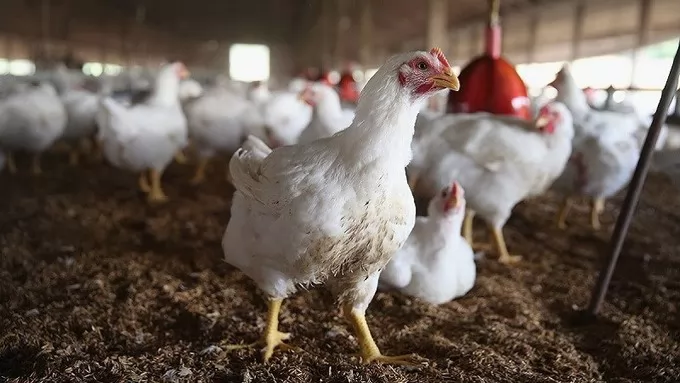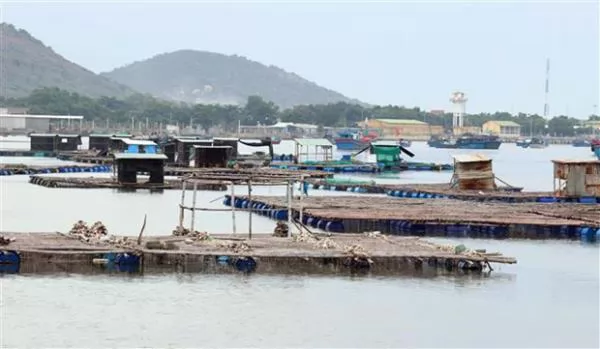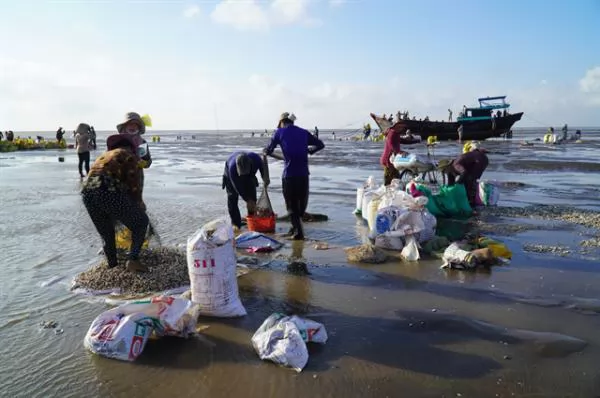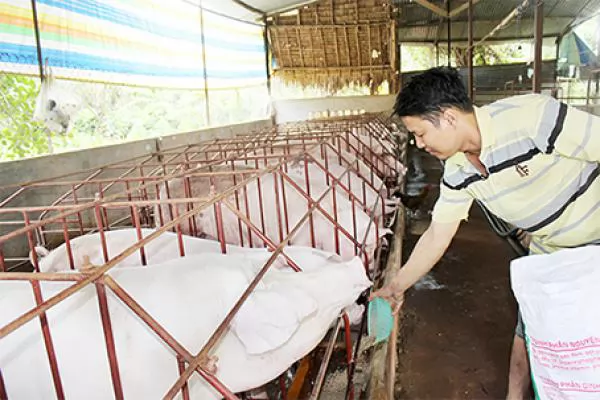Responding to intercontinental spread of HPAI avian influenza virus strain

The new strategy encourages the use of existing and expanded means of protecting the poultry value chain to reduce the burden of infection and loss. Photo: DL.
(VAN) The strategy for prevention and control of highly pathogenic avian influenza (HPAI) in the 2024–2033 period aims to respond to the intercontinental spread of circulating HPAI virus strains.
Protecting and transforming the poultry value chain against HPAI
Within the Global Framework for the Progressive Control of Transboundary Animal Diseases (GF-TADs), the Food and Agriculture Organization of the United Nations (FAO) and the World Organisation for Animal Health (WOAH/OIE) have collaborated to draft a 10-year global strategy for prevention and control of highly pathogenic avian influenza (HPAI), aiming to respond to intercontinental spread and changes in circulating HPAI virus strains (Gs/GD, especially strain 2.3.4.4b).
This strategy replaces the plan announced in 2007, emphasizing a systematic approach that contextualizes the threat from HPAI and makes efforts towards long-term transformation in the poultry industry.
The strategy for prevention and control of highly pathogenic avian influenza (HPAI) in the 2024–2033 period strongly focuses on the One Health approach to ensure integrated collaboration with the public health, wildlife, and environment sectors to prevent, protect, and transform the poultry value chain in efforts to prevent and control HPAI. The strategy also encourages the use of existing and expanded means of protecting the poultry value chain to reduce the burden of infection and loss.
In addition, the revised strategy provides a framework for countries to implement national plans effectively to reflect the evolution of the epidemic and new scientific advances suitable for each specific context.
According to FAO and WOAH, to achieve a global vision, a series of close linkage actions must be taken. First, a governance structure needs to be established to coordinate, monitor, and report on strategy implementation through existing mechanisms.
Second, engagement with international public-private partners is needed to enhance coordination and cooperation in order to support effective implementation of the strategy. The communications plan must be developed and implemented to ensure awareness of the strategy, state positions, update progress, and mobilize technical support and financial investment for national HPAI prevention and control strategies.
Third, support for OFFLU, the OIE/FAO global network of expertise on animal influenza, is also important. OFFLU will provide technical input and lead global, regional, and national expertise in scientific collaboration and global monitoring, as well as generate and disseminate technical knowledge.
Furthermore, facilitating the development of international guidance to support the application of science-based disease control strategies, including strengthening biosafety across the value chain and using safe, effective HPAI vaccination programs when appropriate, will be a necessary additional prevention and control measure.
Additionally, encourage and facilitate international reporting of HPAI outbreak sessions by countries and timely disseminate global analysis. Engaging with quadrilateral partners (FAO, UNEP, WHO, and WOAH) will support countries in implementing the One Health approach to prevent and control HPAI in poultry as well as protect wildlife and public health.
Utilizing the Sustainable Livestock Transformation Initiative will support regions and countries to strengthen poultry value chains and increase resilience to HPAI, other infectious diseases, and future pressures, including climate shocks.
Focus is on the One Health approach
With a vision for effective prevention and control of HPAI in accordance with the sustainable transformation of agri-food systems, this strategy considers all low pathogenic avian influenza (LPAI) and highly pathogenic avian influenza (HPAI) viruses, including LPAI viruses transmitted from animals to humans, especially the H5N1 2.3.4.4b strain.
With a focus on the One Health approach, the strategy focuses on actions that will be implemented by the veterinary sector in collaboration with other sectors to prevent and control HPAI, thereby complementing strategies and other guidance on avian influenza.

With a focus on the One Health approach, the strategy focuses on actions that will be implemented by the veterinary sector in collaboration with other sectors. Photo: DL.
Beneficiaries include the national veterinary service; wildlife, environmental, and public health services; the regional economic community; the private sector; research and education facilities, and civil society organizations related to animal health, welfare, and production and value chains, as well as the prevention and control of animal-derived diseases.
To achieve this goal, it is necessary to encourage engagement with existing One Health platforms or establish regional and national One Health platforms to work with quadrilateral partners in the region.
It is also extremely important to organize regular regional information sharing and updates on HPAI, highlight the regional context, and predict high-risk transmission periods related to increased poultry trade and wild bird migration.
Besides, it is necessary to facilitate the development of regional laboratory networks and improve reference laboratory capacity to improve the capacity to detect and determine the characteristics of HPAI viruses.
Attracting the participation of relevant parties in assessing the regional poultry value chain to identify key areas for transformation is also needed to improve the effectiveness of HPAI prevention and control measures.
Author: Linh Linh
Translated by Thu Huyen
Maybe you are interested

Ninh Thuận improves marine aquaculture efficiency
NINH THUẬN — The south-central province of Ninh Thuận plans to expand marine aquaculture models that are efficient and provide high incomes to farmers, according to its Fisheries Sub-department.

Bến Tre expands farming of key aquaculture species
BẾN TRE — The Cửu Long (Mekong) Delta province of Bến Tre is expanding farming of some key fisheries products for both domestic consumption and exports.

Đồng Nai begins to repopulate pig herds after Africa swine fever epidemic
ĐỒNG NAI — The south-eastern province of Đồng Nai, the country's largest pig producer, is taking measures to repopulate its pig herds that were decimated by Africa swine fever.





